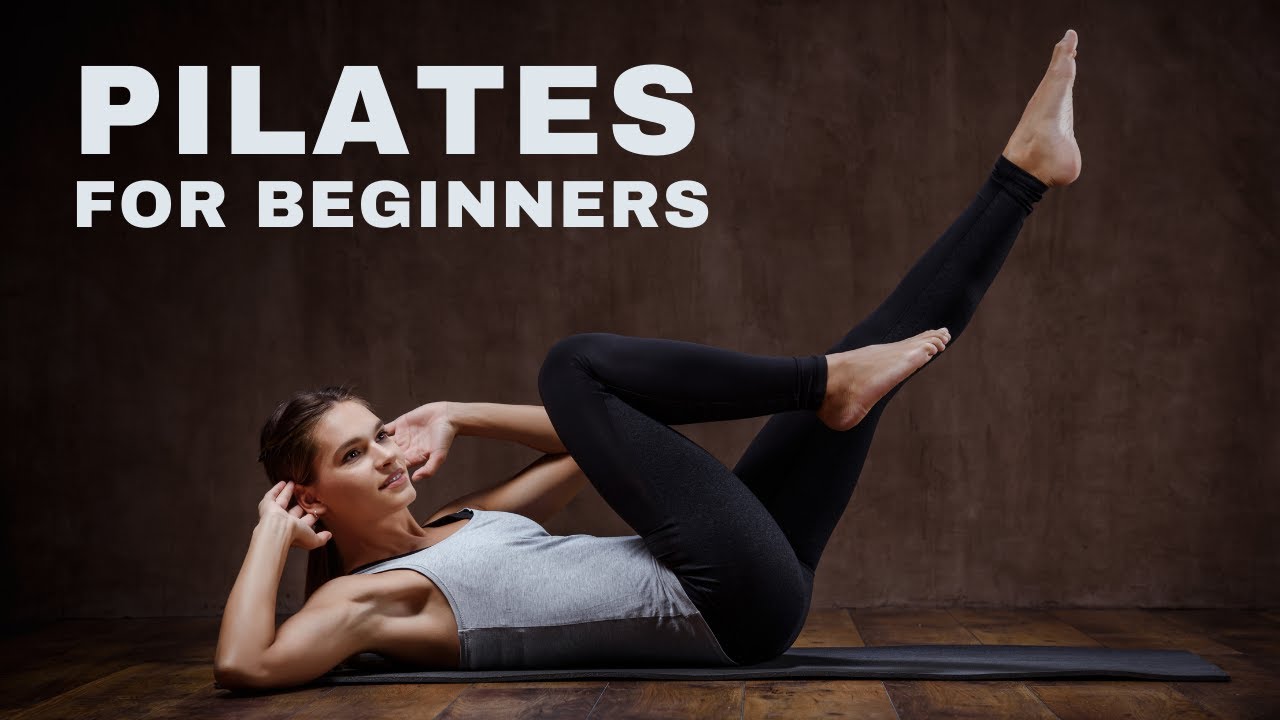How to Choose the Right Pilates Class for Beginners

Pilates has recently gained immense popularity. It centres on core strength, flexibility, and comprehensive body awareness. Stepping into the world of Pilates can be exciting and overwhelming for beginners. Given the abundance of class choices, opting for one that caters directly to your individual requirements and preferences is crucial. Here’s a comprehensive guide on selecting a suitable class of pilates for beginners.
A Brief Overview
Before choosing a class, it’s crucial to understand pilates. Developed by Joseph Pilates in the early 20th century, it is a type of exercise that emphasises controlled movements, proper breathing, and alignment. It aims to strengthen the core muscles while improving posture, flexibility, and overall body coordination.
Determine Your Goals
Before selecting a class, take some time to identify your fitness goals. Are you looking to improve core strength, alleviate back pain, enhance flexibility, or stay active? Clarifying your objectives enables you to refine your choices and pinpoint a lesson that resonates with your requirements.
Research Different Types
These classes come in various forms, each catering to different preferences and fitness levels. Classical Pilates follows Joseph Pilates’s traditional teachings, focusing on precise movements performed on specialised equipment such as the Reformer and Cadillac. On the other hand, Contemporary Pilates incorporates modern variations and equipment, offering a more dynamic approach to the practice.
Consider Class Formats
These lessons can be conducted in various formats, including group, private, and semi-private sessions. Group sessions often present a budget-friendly option and foster a communal atmosphere, whereas private sessions afford individualised guidance and customised routines tailored to your needs. Consider your budget, preferences, and learning style when choosing the class format that suits you best.
Assess Instructor Qualifications
The instructor’s expertise can significantly impact your learning experience as a beginner. Look for certified instructors who have undergone comprehensive training programs from reputable organisations. Experienced instructors should be able to provide clear instructions, offer modifications for different fitness levels, and ensure proper form and alignment throughout the lessons.
Check Class Levels
Pilates sessions are often divided into different levels, such as beginner, intermediate, and advanced. As a beginner, it is essential to start with a lesson that matches your current fitness level and experience. Avoid jumping into advanced sessions prematurely, which may lead to frustration or injury. Many studios offer beginner-friendly courses designed to introduce newcomers to Pilates fundamentals.
Visit Studios and Attend Trial Classes
Take the time to visit local Pilates studios and observe the atmosphere, cleanliness, and equipment available. Many studios offer trial lessons or introductory offers for new students, allowing you to experience a session firsthand before committing. Use this opportunity to gauge the teaching style, studio environment, and overall vibe to see if it resonates with you.
Consider Location and Schedule
Choose a Pilates class that is conveniently located and fits into your schedule. Consider commuting time, parking availability, and times when selecting a studio. Opt for a schedule that allows you to attend the sessions consistently without feeling rushed or stressed. Consistency is vital to seeing progress and reap the benefits of the practice.
Listen to Recommendations and Reviews
Leveraging word-of-mouth referrals and online reviews is invaluable in navigating a lesson’s selection process. Ask friends, family, or colleagues with pilates experience for their recommendations. Additionally, browse online platforms to read feedback from current and former students. Pay attention to comments regarding instructor quality, studying atmosphere, and overall satisfaction. Selecting a suitable class of pilates for beginners demands a thoughtful assessment of your objectives, personal inclinations, and current fitness capacity. By understanding the different types, assessing instructor qualifications, and trying out various lesson formats, you can find a session that suits your needs and sets you up for success. Remember to stay open-minded, listen to your body, and enjoy the process of discovering the transformative benefits of the practice.







